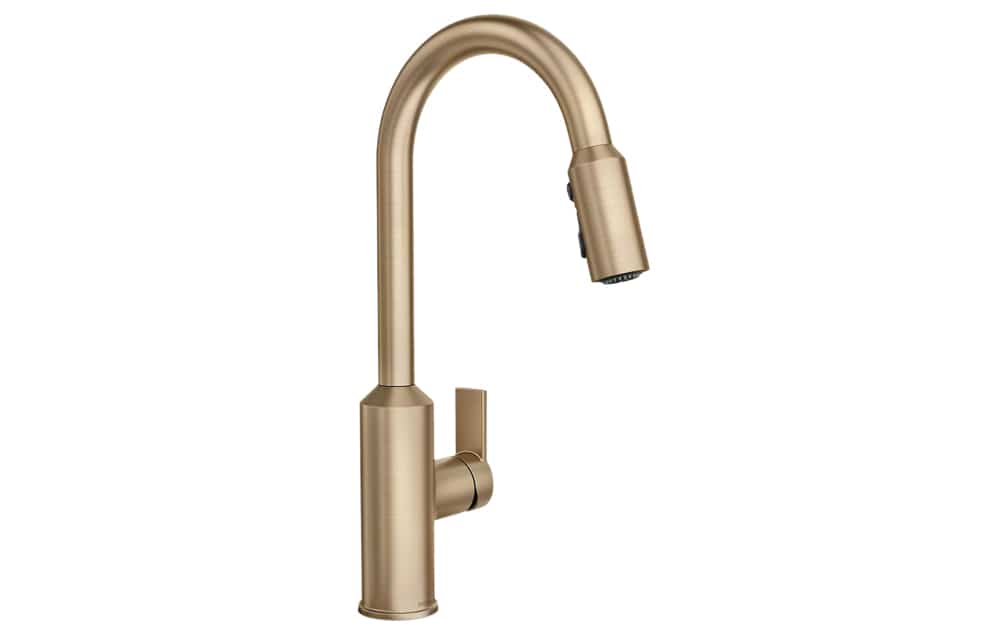Eco-Friendly Living
8 Pro tips to make your home more friendly to Mother Earth

Illustration, Shutterstock
Eco-Friendly Living
8 Pro tips to make your home more friendly to Mother Earth
When it comes to the global climate crisis, we’re always looking for ways to do our part in reducing waste and energy use. Here, we learn tips from an eco-living expert for implementing energy-saving strategies into our homes.
Don’t water your lawn
Watering the lawn requires a lot of H₂O. If you’re planning on a landscaping remodel this year, dwarf white clover and thyme are great low-maintenance lawn alternatives, as they are groundcovers that don’t need watering to thrive and also don’t need to be mowed.
When it comes to planting in your yard, favour native plant species. Because they’re in their natural environment, they tend to thrive on their own without much interference.
But we know some plants need watering, so consider purchasing a rainwater collector to get the job done. According to Écohabitation, a nonprofit focused on sustainable housing, we consume an average of 424 litres of drinking water each day and in the summer, a third of this residential water is used for gardening. By storing and using rainwater to give plants a drink or wash the car and garden furniture, this consumption can be greatly reduced.

RTS Home Accents 50 Gallon Eco RAIN BARREL in Black, $139, homedepot.ca
Invest in a smart thermostat
Smart thermostats provide the opportunity to select the time and amount of your energy use. Being able to remotely control the temperature of your home means you don’t waste energy heating or cooling an empty house while you’re out and about.

Google Nest THERMOSTAT in Snow, $180, TRIM PLATE in White, $20, homedepot.ca.
Opt for low-flow faucets
Low-flow faucets reduce water and energy use without lowering your water pressure. At the push of a button, this kitchen faucet can increase flow and power for faster filling,
but then automatically resets to a 1.5 gallons-per-minute low-flow feature to save water.

Moen Meena Pull Down FAUCET with PowerBoost in Bronzed Gold, $339, homedepot.ca
Find ways to cool down
Another harmful effect of climate change is the summer heat wave, which encourages us to blast the air conditioning. The problem is that AC refrigerants are also powerful greenhouse gases that, when leaked, can trap thousands of times more heat than carbon dioxide. Try these other ways to get relief:
- Fans, especially ceiling fans, help to optimize comfort in the home. Some models offer a noise rating so you can be sure you’re buying one that won’t disturb you while you sleep!

Westinghouse Delancey CEILING FAN with LED Light in Brushed Chrome, $359, rona.ca.
- Low-emissivity films that can be fixed to the inside of your window to block UV rays from entering (available at hardware stores).
- Close windows, blinds, curtains, windows and shutters as soon as the heat begins to rise to maintain the temperature of the house.
- Plant shrubs to shade the foundation of the house and strategically place larger trees to create shade inside. You can also run climbing plants up the facade of your home.
“It’s important to invest in the sustainability of your house and your peace of mind. Protecting your home’s roof and basement should be like putting on your hat and boots.”
—Emmanuel Cosgrove, founder and CEO of Écohabitation
Opt for a strong and durable roof
Reducing waste is one of the big ecological issues and the asphalt shingles that cover the majority of homes in Canada represents a huge problem because they tend to last aboout 15 to 30 years, and guess what? The shingles then go straight to the landfill. “It may be worth investing in a sheet metal roof the next time you need yours redone, since the metal is recyclable and it’s meant to last up to 50 years,” notes Emmanuel Cosgrove, founder and CEO of Écohabitation.
Waterproof the basement
It’s really important to make sure your basement is sufficiently waterproofed. If you’ve experienced flooding down there before, you know the damage it can cause. When basements flood, a lot can be contaminated by mould, and if you’ve got not-so-durable materials such as laminate flooring, you may have to ditch them.
Doing waterproofing work, such as installing a nonreturn valve to prevent sewer backups and having French drains added around the exterior of the house at foundation level can solve this problem once and for all. It’s a lot of work, Cosgrove says, and can be costly, but it’s the best long-term plan for protecting your home from water damage.
Check your windows
Better window insulation has an effect on energy expenditure. Opting for triple glazing is a good investment and you may not need to change the window frame if it’s in good condition.
Reduce toilet paper use

Equipping your toilet with a bidet device can significantly reduce your use of toilet paper, which can be expensive. Plus, did you know the production of a single roll of toilet paper requires much more water than you’d use with a bidet jet? There’s a range of bidet toilet
seats on the market to suit your needs.

Brondell Sperone Dual Temperature Adjustable Pressure BIDET, $88, rona.ca.














Comments